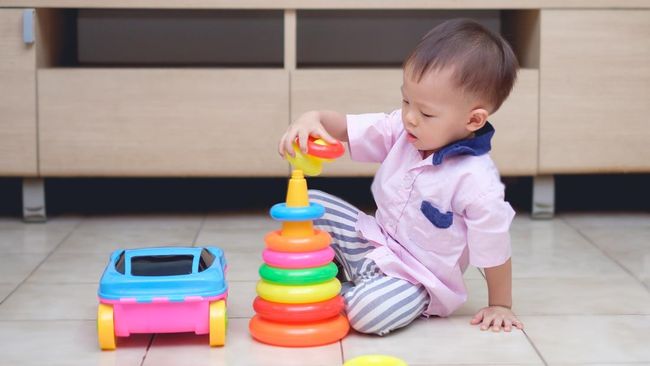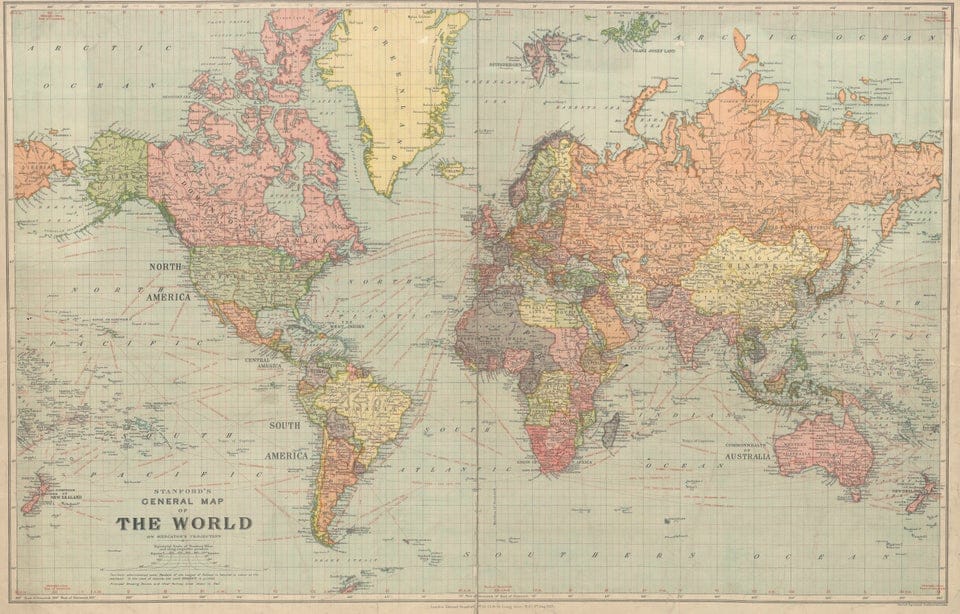Parenting
Kinan | Haibunda
Saturday, 30 Sep 2023 18:06 IWST
Optimal growth and development in children cannot be separated from complete sensory stimulation given from an early age. It is known that there are 7 sensory stimulations that need to be considered for children’s growth and development.
Quoted from healthline, Sensory stimulation is the input and sensation received when one or more senses are activated.
This type of stimulation is important for the development of children, even adults with developmental disorders.
Through these sensors, the child’s brain develops and is connected to each other. When one of the sensory organs is not stimulated properly, it will affect the child’s learning ability, daily routine and behavior.
Sensory stimulation for children’s growth and development
Children have 7 basic sensors in their bodies, including touch, hearing, smell, sight, taste, proprioception (inter-joint movement), and vestibular (balance).
If one or several of them do not work optimally, then the child is vulnerable to experiencing certain disorders. Here’s the review:
1. Vision (visual)
The first sensory stimulation that is important for a child’s development is visual or the sense of sight. As the name suggests, this form of stimulation is in the form of stimulation of visual things.
Mothers can stimulate by inviting their children to look at moving objects, for example when your little one’s vision begins to develop at the age of 4 months. Children are able to see and follow the movement of objects.
Visual sensory stimulation that can be done:
Encourage children to talk while smiling Play with shadows on the wall. Invite children to see new sights such as the zoo
2. Hearing (auditory)
When sound vibrations cross the eardrum to the inner ear, they are converted into nerve signals. This signal is then transmitted to the brain via the auditory nerve.
Stimulation of the sense of hearing through sound is a form of auditory stimulation. This stimulation is useful so that children’s hearing abilities can develop.
In the first 12 months of a child’s age, their ability to hear and respond begins to develop. This is especially at the age of 2 to 6 months. Children begin to be able to babble, even imitate certain sounds.
Auditory sensory stimulation that can be done:
Sing songs. Avoid using books or toys with sound. Avoid exposure to video sounds from gadgets
3. Tactile (tactile)
In this sensory system, nerve endings (receptor cells located throughout the body) send signals to the brain and interpret them as pain, pressure, vibration, temperature, and also body position.
Sensory stimulation in the form of touch is also very important for children’s development.
Tactile sensory stimulation that can be done:
Giving children different textured objects, for example soft cloth, slippery plastic balls, or slightly rough carpets Giving children toys of different shapes, sizes and textures Playing in the sand or grass without wearing shoes
4. Tasting
There are around 10 thousand receptor cells that send signals to the brain, then identify sweet, salty, sour, bitter and umami (savory) tastes. Taste is also influenced by smell, temperature, and texture.
Stimulation through things in the form of taste is done to train the child’s sense of taste.
Taste sensory stimulation that can be done:
Providing food to children with varied textures and tastes. If the child is still a baby, stimulation of the sense of taste can also be done through breastfeeding.
5. Smell (olfactory)
For the sense of smell, sensory neurons in the nose send signals to the brain for interpretation and identification processes. There are also olfactory sensory neurons in the roof of the mouth.
As the name suggests, olfactory sensory stimulation is related to aroma stimulation and is useful for training your little one’s sense of smell.
Olfactory sensory stimulation that can be done:
Train children to recognize various kinds of aromas, for example the smell of flowers or certain foods. Introduce children with the name of each aroma they smell to increase their knowledge
6. Balance (vestibular)
Vestibular stimulation is related to sensory stimulation of body balance. One example of sensory stimulation for this can be done by rocking your little one.
Input obtained from the balance organ in the middle ear includes changes in gravity, experience of movement, and position in space.
If a child has a vestibular sensory disorder, usually he is afraid of going up slides or is afraid of heights.
Vestibular sensory stimulation that can be done:
Inviting children to play on swings Inviting children to play on trampolines Swing the child’s body slowly while being carried
7. Muscle movement (propioactive)
Plays a role in processing input from muscles, tendons, joints and informing body position. This is closely related to the vestibular system which helps provide an understanding of the experience of touch and movement.
The input obtained is in the form of muscle and joint movements due to joint pressure or body movement.
Proprioceptive sensory stimulation that can be done:
Give time to tummy time Routinely playing fetch and throwing a ball. Pushing a chair or object with a weight, for example a gallon
That’s a review of sensory stimulation that needs to be considered for children’s growth and development. Let’s optimize your little one’s sensory stimulation by meeting these various stimulation needs from an early age, Mother!
For mothers who want to share about parenting and get lots of giveaways, come join the HaiBunda Squad community. Register click HERE. Free!
(rap/rap)
2023-09-30 11:06:18
#Sensory #Stimulation #Pay #Attention #Childrens #Growth #Development


